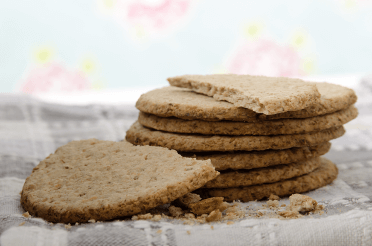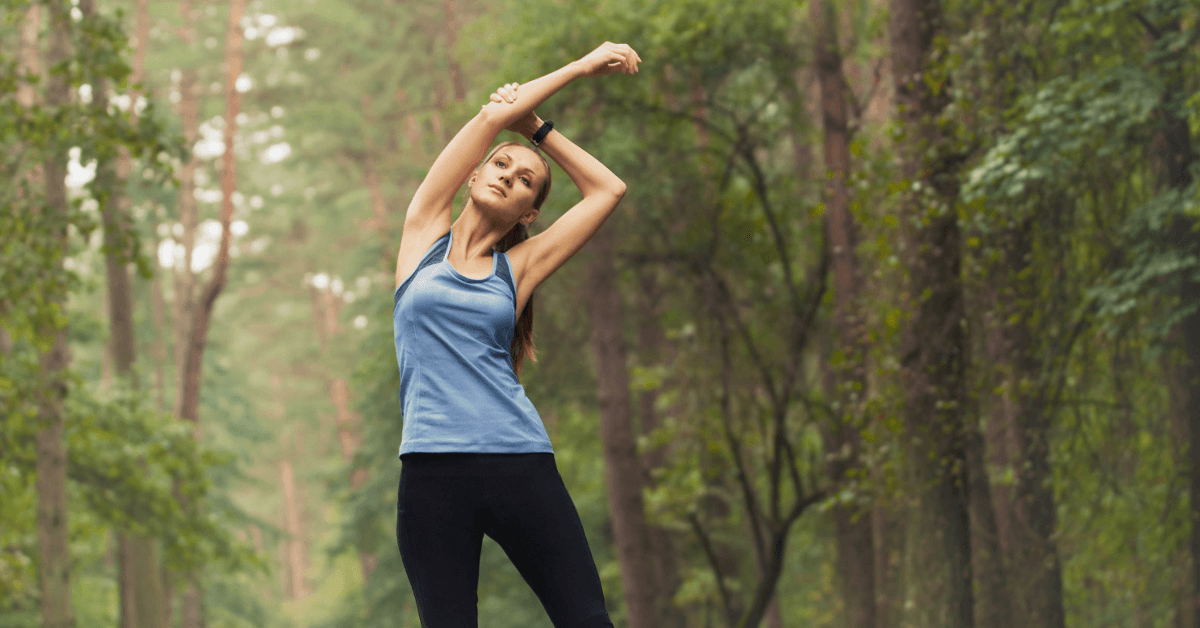How to Progress from Walking to Running
Add an extra dose of fitness to your walking holiday by building up to full-blown trail running. Our guide explains how to build up your strength and speed.
How to Progress from Walking to Running
https://contoursrun.co.uk/from-walk-to-run
by Sarah Rowell
We all know it: walking is excellent fun. It keeps you fit, too, and can help you stay trim. Laced into your hiking boots, you can undertake journeys from A to B, enjoying all the best views along the way. From time to time it’ll even yield some hairy adventures: ideal story fodder. As a year-round form of exercise it’s hard to beat.
But what if you want to add to your challenge, or to explore further afield? The answer may be to try going a little faster. Perhaps you have thought about it, perhaps not, but for many there is an obvious transition from walk to run. It’s a transition, however, that comes with a degree of doubt and uncertainty — until you learn a few running secrets.

1. No one runs all the time.
Even the best runners in the world will walk up the very hardest hills. If the descents are steep and rough, they may well slow right down on those, too. Don’t let visions of slogging up the hardest terrain put you off. Setting out on the trails as a runner does not bar you from walking the hard bits; it allows you to cover the easier bits at speed.
2. Stopping for photos is absolutely allowed.
Just because you are running does not mean you can’t stop to enjoy the views, the wildlife or an interesting site and take pictures. Some people can run and look at the same time. I certainly cannot.
3. Poles are still okay.
Many, many runners use poles when they are out on the hills, especially in Europe. Even the best runners rarely, if ever, run up the longest and steepest hills. Instead they walk fast, using poles to help.
Not only to poles provide that upward push on slopes, they add balance, too, when on very rough ground and when you’re descending.
In short, all the pole-wielding skills you’ve picked up as a walker still apply as a runner. Read more about how to use poles here.


Ready to give running a try? Know that the speed you move and the balance you strike between running and walking is totally personal. When starting to become a runner, most people mix walking and running to match their current fitness. As that fitness improves, they slowly build up their speed and simultaneously reduce the amount of walking they do.
Running secret number one still applies, of course: when going uphill, most people will walk.
If you are going to give running a serious go, then investing in a pair of off-road running shoes is worthwhile for comfort, ease of grip on rough terrain and injury avoidance. If you want to stick with more boot-like footwear, brands like Salomon and Hoka are increasingly producing lightweight waterproof boots which are really a hybrid between a walking boot and off-road running shoe.
Like most things in life you can always buy lighter, more expensive versions of the kit you need. After decent shoes, however, as long as what you wear is breathable, loose-fitting and does not chafe, it will do.
Moving faster does not reduce the need to rehydrate and refuel; if anything, it is the opposite. You are likely to sweat more when you run, so in turn will need to drink more. Likewise, if you are moving faster and covering more distance, you will need to consume more energy. Eating and drinking on the hoof is a valuable skill to pick up as a runner.
Click here to read more about hydration and food for the trails.


1. You will get warm.
Running generates more heat than walking, so you need to adjust your clothing accordingly. Start off with fewer layers and be prepared to take some off if you start to sweat. Always, however, make sure you carry some spare kit in case of emergencies. Here's some valuable information about layering clothes on the trails.


2. For anything loose or bouncy, running creates more movement.
Breasts, rucksacks, bumbags: they’ll all move much more when you run than when you walk, so making sure you have good quality support (in the case of breasts) and well-fitting bags is essential. A layer of Vaseline applied to potential rubbing spots also never goes amiss, including men’s nipples to prevent chafing.
3. There is a knack to going up (and coming down).
As with walking, adapting your stride, body position and arm movement will make a real difference when ascending and descending. Hill Climbing takes you to more detailed information, but in a nutshell, when going up you should shorten your stride, keep your breathing rate similar, lean into the hill and use your arms to push off from your thighs (unless using poles) when it’s especially steep.
When descending, try not to brake too much; instead, roll through your foot. If it’s very steep you will naturally land on your heel and lean backwards. Use your arms to help balance, just like a tightrope walker would use a pole. You’ll find it becomes natural soon enough.

So, what’s holding you back? Give it a try. You have nothing to lose, and you never know — you might find it fun, plus there are some added advantages.
Moving faster will help give your fitness a boost due to making your heart, lungs and muscles all work that little bit harder. It may also help you lose some weight — although you may find you swap fat for muscle which will mean looser clothes and a more toned body, but not necessarily a lighter one.
Many people who take up running find another plus is a stronger feeling of satisfaction and personal happiness from running — what is often described as the ‘runner’s high’, and not forgetting a real sense of personal achievement and maybe fulfilling a New Year’s resolution!

Olympian, Advisor in High-Performance Sport
Sarah Rowell has been a successful long distance runner since the early 1980s, running marathons before switching to off-road surfaces.
Her achievements include representing Great Britain in the Olympic Marathon, finishing second in the 1985 London Marathon and second in the 1996 World Mountain Running Championships, and winning the English Fell-Running Championships in 1997.
Sarah now works as an advisor within high-performance sport.